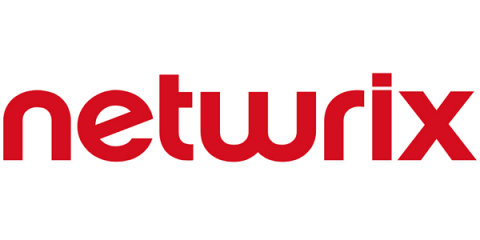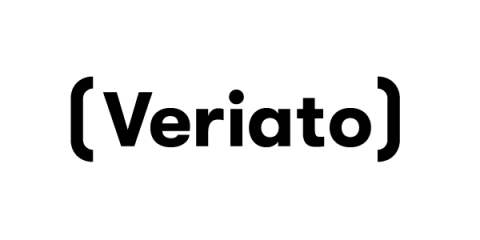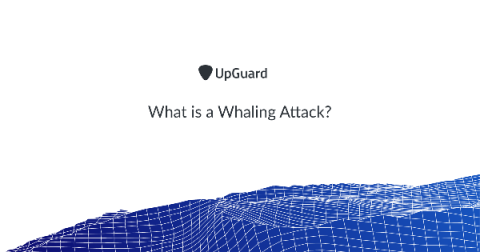Why vendor management is a cornerstone of security
When it comes to building a security program, one of the most frequently overlooked areas is that of vendor management. Organizations focus significant resources on internal security, such as vulnerability scans, centralized log management, or user training, while not extending the same diligence towards their third-parties. Organizations end up trusting the security of their network and data to an unknown and untested third-party. As we all know, a chain is only as strong as its weakest link.











